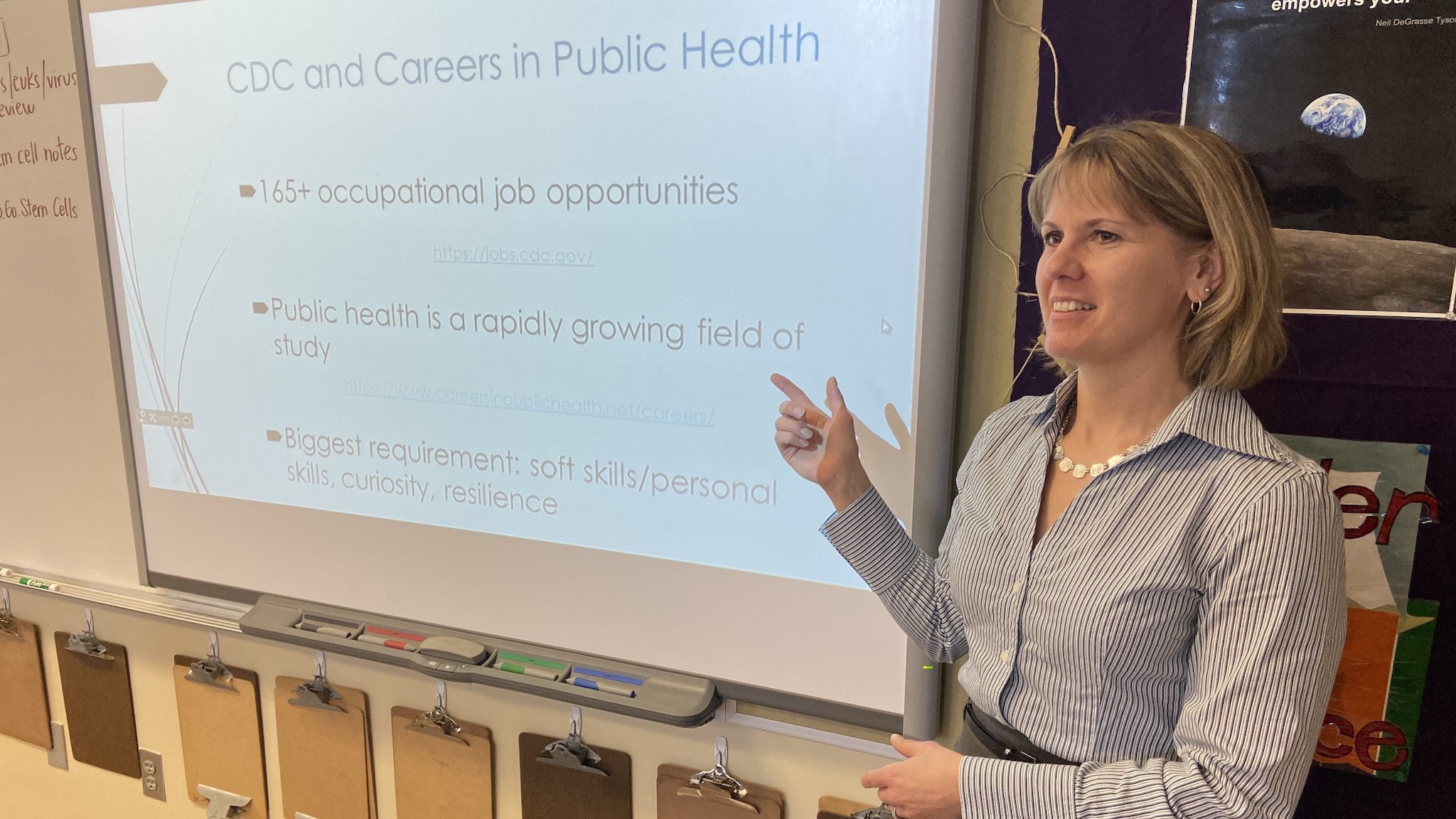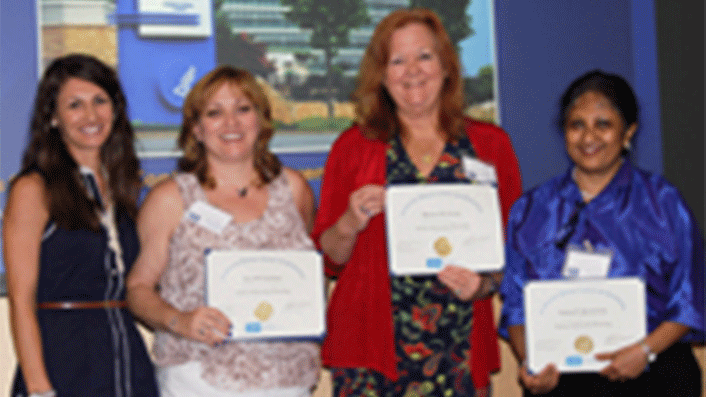At a glance
- Training teachers is critical to introducing students to public health and related careers.
- Immersive experiences for students help them gain STEM skills and insights into the field.

Impact
CDC has helped create critical thinkers and increase science and health literacy. Our STEM programs and resources have also helped contribute to equity in education.
Training teachers provides exponential reach to students. A core teacher training program is the CDC Science Ambassador Program. It helps K–12 teachers design STEM activities that help students think critically about the world around them.
- Over 500 teachers trained since 2004 in public health.
- Teachers have reached over 1 million students.
- Since 2018, more than 300 teachers attended regional trainings.
- Since 2022, over 500,000 learned from public health curriculum.
Public health can bring STEM to life for students. CDC programs for students, like CDC Museum camps, helps them gain insights into the field of public health. This includes careers, history, science, epidemiology, prevention-based public health, and communication.
- Since 2005, over 1,950 high schoolers attended Disease Detective Camp.
- Since 2020, Public Health Academy reached over 2,200 students.
Priorities
To prepare future STEM professionals, our resources prioritize learning STEM through a public health lens. This fosters ingenuity and creativity, builds resilience, and promotes problem-solving skills. It also encourages experimentation, teamwork, knowledge application, and technology use.
Teacher training and student camp programs are focused on bringing in participants from across the country. This ensures that students nationwide are exposed to critical health topics. It can also inspire them to explore STEM careers to make a difference in their communities and the world.
What we've accomplished
Teachers and students in a vast majority of U.S. states have participated in our programming. Participants have made real-world impacts at the local and national level.
Success stories include students partnering with local organizations to provide teen mental health first aid training. This initiative went on to be used in multiple schools due to its effectiveness. Our teachers have also been featured in national media outlets like Good Morning America and The New York Times. This marks significant achievements in raising awareness about the importance of public health in STEM education.
Future direction
We are committed to continuing the expansion of our STEM programs and resources, reaching more educators and more students.
We aim to stay at the forefront of STEM education through partnerships and continued development of our resources.
Spotlight
Sumi Jayaraman is a 2014 CDC Science Ambassador from Atlanta, Georgia. She shared that integrating public health into the classroom brings us to where STEM education needs to be to be successful. She highlighted the program's role in shaping the future of education.

How it's funded
The CDC provides leadership and technical assistance while collaborating with various STEM partners across the country. This collaborative effort is vital for strengthening shared priorities and addressing public health issues.
Get involved
Students should check out our STEM resources for elementary, middle, and high school students.
Educators are encouraged to explore the stories of past CDC Science Ambassadors and discover how the program changed how they teach.
Potential partners can contact us at [email protected] to discover how to get involved in this important work.

